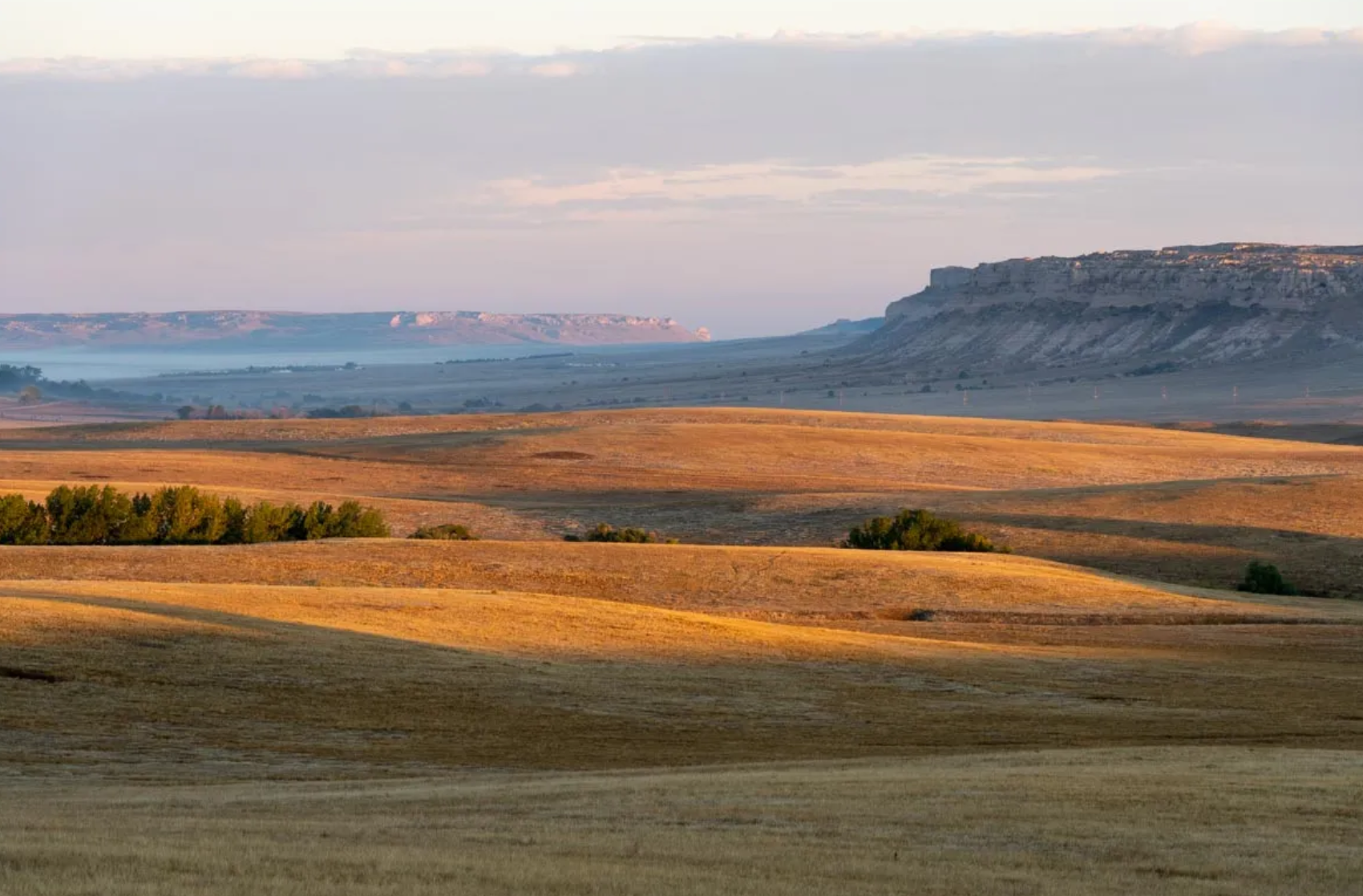Balancing Prosperity and Preservation: Wyoming’s Oil and Gas Triumphs and Environmental Stewardship

The oil and gas industry stands as the primary economic powerhouse in Wyoming. This vital sector churns out over $5 billion in economic activity annually and provides employment for more than 18,000 individuals across Wyoming.
Explore the below details for a comprehensive understanding of the industry’s Oil and Gas Landscape in Wyoming.
Wyoming consistently ranks among the top ten states in the U.S. for both oil and gas production, with the majority of activity concentrated within eight distinct geological basins:
- Bighorn Basin
- Denver-Julesburg Basin
- Greater Green River Basin
- Hanna Basin
- Laramie Basin
- Overthrust Belt
- Powder River Basin
- Wind River Basin
Nationally, the oil and gas supply chains exhibit similar yet nuanced pathways from production to end consumers. The industry’s core functions can be categorized into three segments: Upstream Activities, Midstream Activities, and Downstream Activities.
- Upstream Activities encompass exploration and production, including drilling and extraction processes.
- Midstream Activities entail the safe transportation and storage of oil and gas before refining, facilitated by pipelines and other transportation infrastructure.
- Downstream Activities comprise the final phase of oil and gas development, encompassing refining, manufacturing, and marketing of various consumer products and fuels.
Drilling practices today are sophisticated endeavors, meticulously designed to maximize oil and natural gas production while minimizing environmental impact. Technological advancements such as horizontal drilling and hydraulic fracturing have revolutionized operations, optimizing field potential with fewer well pads.
Transportation of oil and gas from source to midstream and downstream facilities relies on a vast network of gathering and transmission pipelines, with over 30,000 miles traversing Wyoming out of the 500,000 miles nationwide. Pipeline companies prioritize rigorous inspection and maintenance protocols to ensure the continued safety and functionality of this network.
Before crude oil and natural gas are ready for consumption, they undergo refining processes to transform into an array of fuels and manufacturing feedstocks. Petroleum-based energy sources remain a cornerstone of American energy production, constituting approximately 36% of total energy output according to the U.S. Energy Information Administration.
Environmental Responsibility:
Members of the Petroleum Association of Wyoming (PAW) maintain a commitment to environmental responsibility, driven not only by ethical imperatives but also by a deep-rooted connection to Wyoming’s pristine landscapes. The industry channels significant investments into education, research, and technology to ensure sustainable production practices, aiming to preserve the state’s natural treasures for future generations. The overarching goal is to serve as responsible stewards of Wyoming’s environment, safeguarding its open spaces, wildlife, and clean air for posterity.
11 thoughts on “Balancing Prosperity and Preservation: Wyoming’s Oil and Gas Triumphs and Environmental Stewardship”